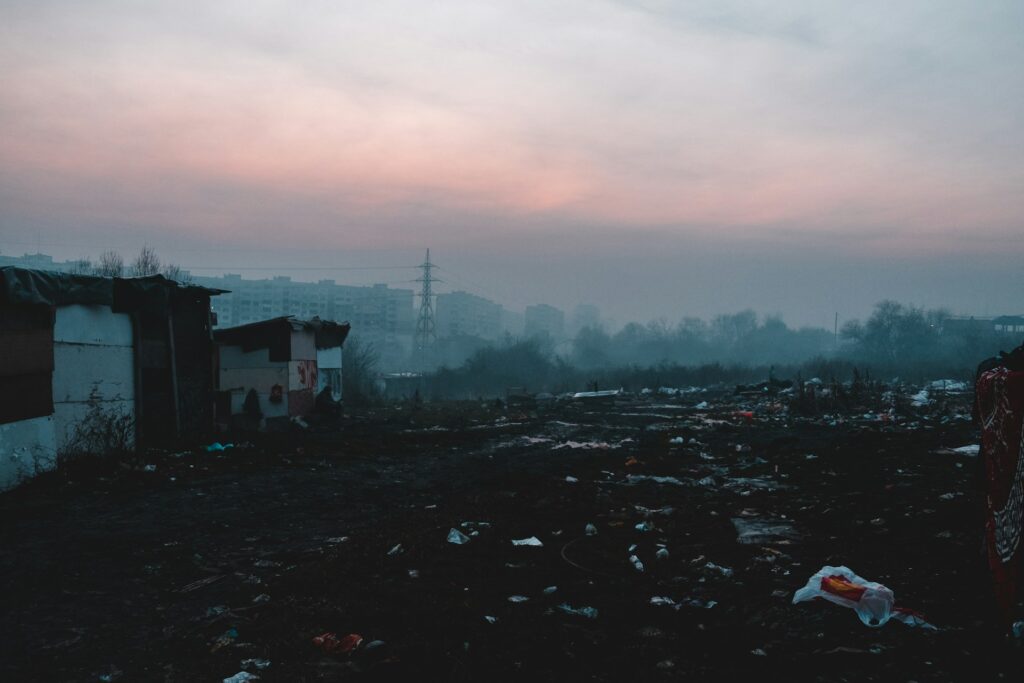Understanding Water Source Pollution: Causes, Impacts, and Solutions
By Finlay Gilkinson – 17/05/2025
Water is the lifeblood of our planet, sustaining ecosystems, economies, and communities. Yet, water source pollution threatens this vital resource, compromising its quality and accessibility. From industrial runoff to agricultural chemicals, human activities are increasingly contaminating rivers, lakes, and groundwater. This blog explores the causes of water source pollution, its far-reaching impacts, and practical solutions to protect our water systems.

What is Water Source Pollution?
Water source pollution occurs when harmful substances—chemicals, waste, or microorganisms—contaminate bodies of water, making them unsafe for drinking, recreation, or supporting aquatic life. Pollution can affect surface water (rivers, lakes, and oceans) and groundwater (underground aquifers). It’s a global issue, with both human and natural sources contributing to the problem.
Causes of Water Source Pollution
Several factors drive water pollution, often tied to human activity. Here are the primary culprits:
Impacts of Water Source Pollution
The consequences of water pollution ripple across ecosystems, human health, and economies. Here’s how:
Solutions to Combat Water Source Pollution
Addressing water pollution requires collective action from governments, industries, and individuals. Here are actionable solutions:
What Can You Do?
Individual actions matter. Here are simple steps to contribute:
Conclusion
Water source pollution is a pressing challenge, but it’s not insurmountable. By understanding its causes and impacts, we can take informed steps to protect our rivers, lakes, and oceans. From policy changes to personal habits, every effort counts in ensuring clean, safe water for future generations. Let’s act today to preserve this precious resource.
Ready to find the perfect job?
Our team of experts work with an extensive network of employers. Submit your CV to ensure you’re a part of our network of talented candidates and we’ll make you aware of opportunities before they are even posted.
